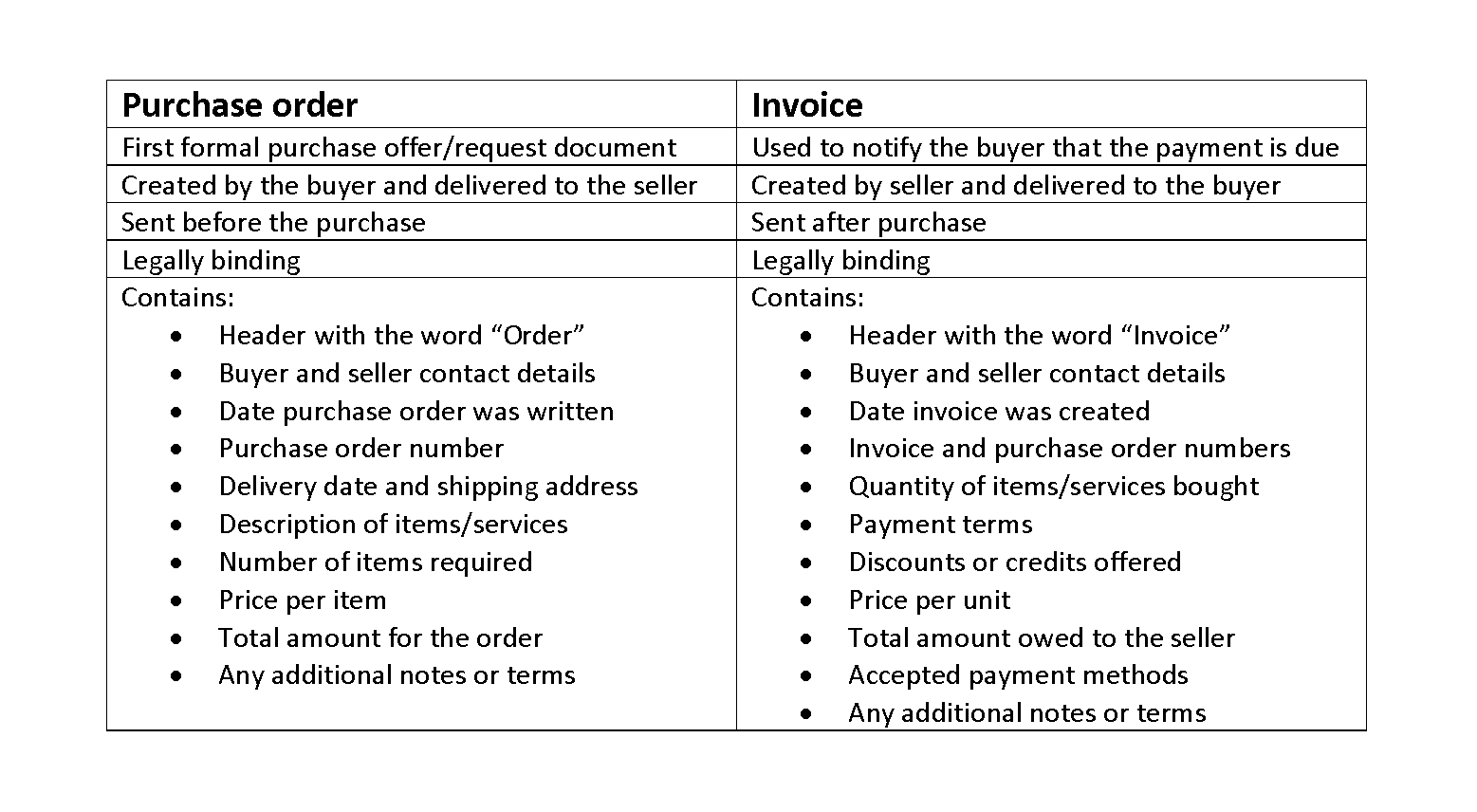
To illustrate the Realization Principle with an example, consider a software company that enters into a contract to deliver a custom software solution. According to the Realization Principle, the company would recognize revenue as it completes milestones or delivers portions of the software, rather than waiting for the final payment at the end of the contract. This method reflects the company’s earning process and provides a more accurate picture of its financial performance during the contract period.

What is the Realization Principle?
The company is reasonably certain that the payment against the same will be received from the customer. It generally occurs when the underlying goods are delivered, risk and rewards are transferred, or income gets due, irrespective of whether the amount is received or not. The evolution of revenue recognition standards is a testament to the dynamic nature of business, accounting, and regulation. As companies continue to innovate and diversify their revenue streams, the standards must adapt to ensure that revenue is recognized in a manner that is both reflective of economic reality and useful to stakeholders. This is not a trivial challenge; it requires a delicate balance between providing detailed guidance to ensure consistency and allowing enough flexibility to accommodate a wide range of business models and industries.
- The exchange of goods or services for cash or an asset readily convertible into a known amount of cash, such as an accounts receivable, is guided by generally accepted accounting principles (GAAP).
- This principle is pivotal in ensuring that financial statements accurately reflect a company’s performance.
- The matching principle also requires that estimates be made, based on experience and economic conditions, for the purpose of providing for doubtful accounts.
- By adhering to this principle, companies are less able to inflate their revenue figures by recognizing unearned or uncertain revenue.
- It’s a balancing act that, when done correctly, safeguards the company’s integrity and the trust of all its stakeholders.
- Billie Nordmeyer works as a consultant advising small businesses and Fortune 500 companies on performance improvement initiatives, as well as SAP software selection and implementation.
Is Unearned Revenue a Debit or Credit?
- While they share the common goal of accurately reflecting a company’s financial health, they differ in their approach to when revenue should be recorded.
- Contractors PLC must recognize revenue based on the percentage of completion of the contract.
- This is not just a matter of regulatory compliance; it’s also about maintaining trust with stakeholders and upholding the company’s reputation.
- Investors and analysts rely on the Realization Principle to assess a company’s operational efficiency and profitability.
- The total costs to complete the project are estimated to be $6 million of which $3 million has been incurred up to 31st December 2012.
- It’s important to note that while these criteria provide a robust framework, the specifics of revenue recognition can vary widely depending on the industry and the nature of the transaction.
Timing is a critical factor in revenue recognition, as it can significantly impact a company’s financial statements and overall financial health. Recognizing revenue too early can inflate earnings and mislead stakeholders, while recognizing it too late can conceal a company’s true performance. The realization principle mandates that revenue should only be recognized when it is earned and realizable, ensuring that the financial statements present a fair and accurate picture of the company’s economic activities.
Auditor Use of the Realization Principle
- Any receipts from the customer in excess or short of the revenue recognized in accordance with the stage of completion are accounted for as prepaid income or accrued income as appropriate.
- In case of the rendering of services, revenue is recognized on the basis of stage of completion of the services specified in the contract.
- Understanding this principle is important for preparing reliable financial statements and assessing a company’s true economic activity, ensuring consistency and comparability in financial reporting.
- For instance, a software company that licenses its product on a subscription basis recognizes revenue over the term of the subscription, not just when the payment is received.
This principle underpins when a company genuinely has a right to the economic benefits from a transaction. Revenue realization occurs when a business has completed its earning process and has received either cash or a valid claim to cash. The earning process is considered substantially complete when the business has delivered the goods or performed the services it promised to a customer. This means the company has fulfilled its obligations and has a clear right to receive payment. For example, if a company sells a product, the earning process is complete when the product is shipped to the customer. The realization Principle is a revenue recognition principle that states that the income or revenue is recognized only when earned.

Impact of Realization Principle on Financial Statements

For example, when a wholesaler ships products to a customer on credit terms, revenue is realized at the point of shipment because the wholesaler has completed its obligation and gained a right to payment, creating an accounts receivable. The customer typically has a payment period, such as 30 or 60 days, during which the cash will be collected. These examples underscore the necessity for judgment and the application of robust accounting policies to navigate the challenges of the realization principle. Realization concept in accounting, also known as revenue recognition https://www.pahumi.ro/introduction-to-accounting/ principle, refers to the application of accruals concept towards the recognition of revenue (income). Under this principle, revenue is recognized by the seller when it is earned irrespective of whether cash from the transaction has been received or not. For instance, consider a software company that sells a one-year subscription with monthly updates.

Accruals Basis of Accounting
A consulting firm, for instance, realizes revenue as consulting hours are completed and billed to the client, reflecting the progressive fulfillment of its performance obligation. Similarly, a cleaning service realizes revenue once the cleaning task is finished, as it has completed its earning process and established a right to collect payment for the rendered service. Realization is often a prerequisite for recognition, meaning revenue must first be realized before it can be formally recognized.

Recognition of revenue on cash basis may not present a consistent basis for evaluating the performance of a company over several accounting periods due to the potential volatility in cash flows. Revenue recognition, conversely, involves the formal process of recording revenue in a company’s financial statements. It dictates when and how much revenue should appear on the income statement, adhering to specific accounting standards. These standards often involve a multi-step framework to determine the appropriate timing and amount for recording revenue.
For instance, current accounting standards require entities to identify performance obligations and determine when those obligations are satisfied. The matching principle requires that expenses incurred to produce the realization principle revenue must be deducted from revenue earned in an accounting period to derive net income. The matching principle also requires that estimates be made, based on experience and economic conditions, for the purpose of providing for doubtful accounts.
Legal and Ethical Considerations in Revenue Recognition
In the case of the realization principle, performance, and not promises, determines when revenue should be booked. The Realization Principle ensures that financial statements retained earnings reflect the economic reality of a company’s transactions. By dictating the timing of revenue recognition, it provides a framework that promotes consistency, comparability, and reliability in financial reporting, which is essential for all stakeholders involved.

